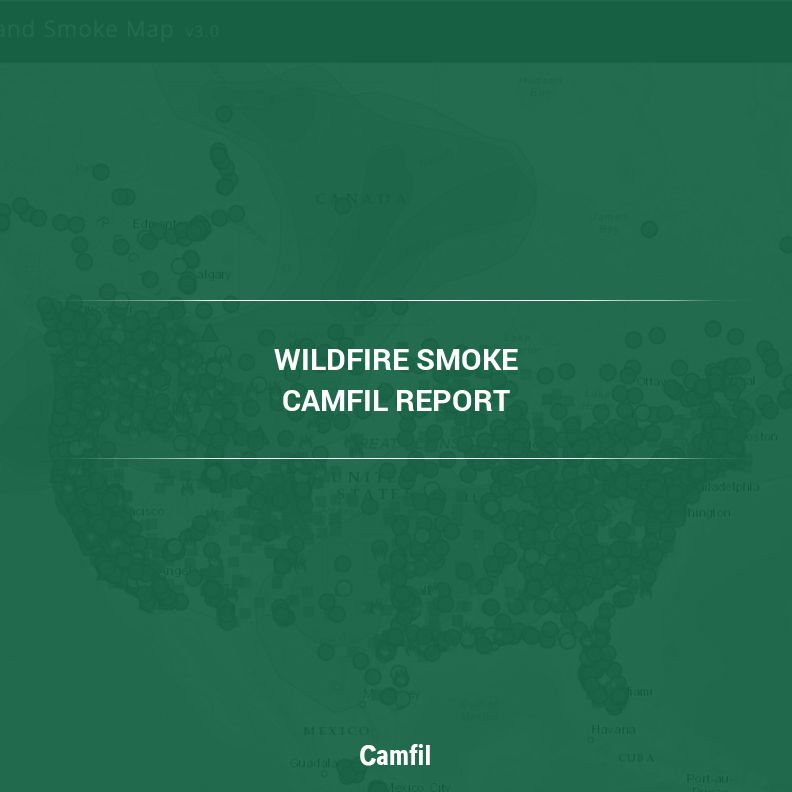
How to Improve Indoor Air Quality in Areas Affected by Wildfires
14–17 minutes to read
How to Improve Indoor Air Quality in Areas Affected by Wildfires
Wildfires are usually at their peak July through October. This year is no exception. More than 5.7 million acres of woodland have already burned according to the National Centers for Environmental Information[1] (NCEI)’s Interagency Fire Center – the third most in recorded history. Summer droughts, reduced mountaintop snowpack and lightning strikes have doubled the area of wildfires in the western U.S.
Does wildfire smoke affect air quality?
Yes. Wildfires cause poor air quality, which affects the health of people both indoors and outside. This is because wildfires produce tiny dangerous airborne particles and gaseous contaminants regulated by the EPA’s National Ambient Air Quality Standards (Clean Air Act)[ii].
When wildfire smoke is drawn into a building through an HVAC system without proper filtration, the contaminants can spread throughout the facility, causing poor air quality conditions. Patients and visitors in hospitals, outpatient or residential care facilities are especially vulnerable to these contaminants.
Why wildfire smoke is a health concern
Breathing wildfire smoke is bad for the body. PM2.5 contaminants (particles smaller than 2.5 microns) can penetrate deep into the lungs and bloodstream. Molecules of gases like ozone are thousands of times smaller than PM2.5 particles, and are able to enter the body’s cells and major organs, causing irreversible damage.
Exposure to...
Read Full Story: https://cleanair.camfil.us/2022/09/04/how-to-improve-indoor-air-quality-in-areas-affected-by-wildfires/
Your content is great. However, if any of the content contained herein violates any rights of yours, including those of copyright, please contact us immediately by e-mail at media[@]kissrpr.com.